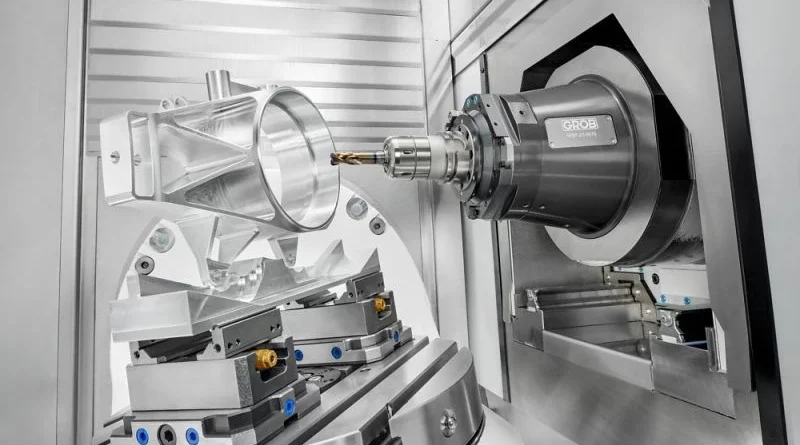Five-axis CNC machine tool structure optimization design principles
The optimization design of the structure of a five-axis CNC machine tool is crucial for improving its performance and efficiency. In this article, we will explore the principles that guide the design process, aiming to enhance the overall functionality and precision of the machine.
1. Rigidity and Stability
The first principle in the optimization design of a five-axis CNC machine tool is ensuring its rigidity and stability. A rigid and stable structure is essential to minimize vibrations and deflections during machining operations. The machine’s components, such as the bed, column, and spindle, should be designed with high stiffness and low deformation characteristics.
Additionally, employing advanced materials and techniques, such as using cast iron or composite materials, can enhance the rigidity and stability of the machine. Finite element analysis (FEA) can also be employed to simulate and optimize the structural design to achieve optimal rigidity and stability.
2. Accuracy and Precision
The second principle focuses on achieving high accuracy and precision in the design of a five-axis CNC machine tool. This involves careful consideration of the geometric and kinematic characteristics of the machine. The positioning accuracy, repeatability, and tolerance of each axis should be optimized to ensure precise control of the machining process.
Furthermore, attention should be given to reducing thermal effects on the machine’s structure since temperature variations can affect dimensional accuracy. Thermal compensation systems and cooling mechanisms can be integrated into the machine design to mitigate thermal deviations and maintain precision.
3. Flexibility and Versatility
A key principle in the design of a five-axis CNC machine tool is ensuring its flexibility and versatility. The machine should be capable of accommodating a wide range of machining operations and various workpiece geometries. This requires a well-designed worktable and tool changing system that allows for quick and efficient setup changes.
Moreover, the machine should be equipped with advanced software and control systems that enable easy programming and integration with computer-aided design (CAD) and computer-aided manufacturing (CAM) software. This allows for seamless data transfer and facilitates the execution of complex machining tasks.
4. Accessibility and Maintenance
Another important principle is the accessibility and maintenance of the five-axis CNC machine tool. The design should consider the ease of access to various components for inspection, repair, and routine maintenance. This includes providing sufficient space for operators to reach critical areas and incorporating ergonomic features to minimize physical strain during maintenance tasks.
Additionally, implementing predictive maintenance techniques, such as condition monitoring and sensor-based diagnostics, can help identify potential issues before they lead to downtime or breakdowns. This proactive approach ensures optimal machine performance and longevity.
Conclusion
The optimization design of a five-axis CNC machine tool revolves around principles that prioritize rigidity, stability, accuracy, precision, flexibility, versatility, accessibility, and maintenance. By adhering to these principles, manufacturers can create machines that deliver superior performance, efficiency, and reliability. The continuous advancement in design methodologies and technologies further enhances the capabilities of these machines, opening up new possibilities in the field of machining.
.webp)

